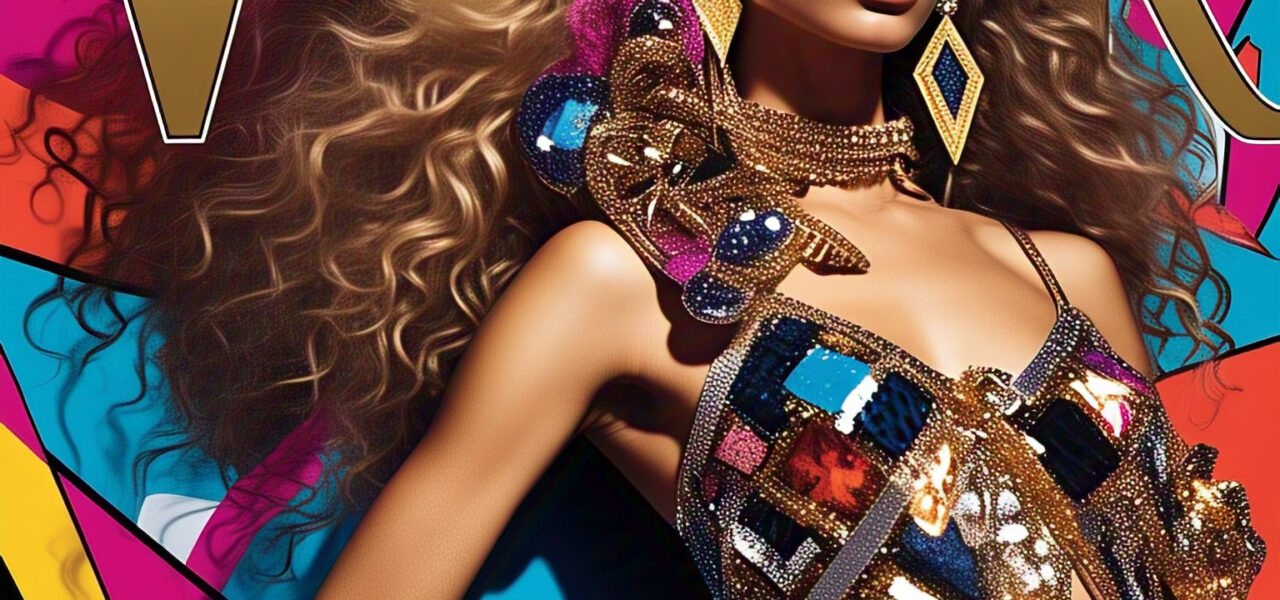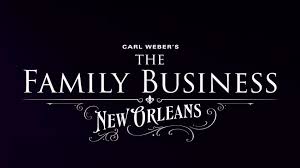Fashion magazines in the United States have long been powerful tastemakers, setting trends, defining beauty standards, and influencing the cultural conversation around style, identity, and self-expression. From glossy covers featuring supermodels and celebrities to in-depth features on designers, fashion movements, and societal shifts, these publications have carved out an essential role in both the fashion industry and popular culture.
A Brief History
The roots of American fashion magazines can be traced back to the late 19th and early 20th centuries. Harper’s Bazaar, founded in 1867, is one of the oldest, providing sophisticated content aimed at women of refined taste. Vogue, launched in 1892, eventually became the most iconic fashion magazine in the world, known for its luxurious photography, elite fashion coverage, and influence on haute couture.
In the post-war era, the rise of consumer culture and advertising helped expand the reach of fashion magazines. They evolved into aspirational lifestyle publications, showcasing not just clothing, but also art, travel, beauty, and celebrity culture.
Leading Titles in the USA
Some of the most prominent fashion magazines in the U.S. include:
-
Vogue: Often considered the “fashion bible,” Vogue is synonymous with high fashion and innovation. Under the editorial leadership of Anna Wintour since 1988, the magazine has become a global authority on style.
-
Harper’s Bazaar: Known for its elegant aesthetic, Bazaar bridges the gap between fashion-forward and timeless design. It appeals to readers looking for inspiration that combines art, style, and sophistication.
-
Elle: Aimed at younger audiences, Elle covers fashion, beauty, and lifestyle with a modern, edgy tone. It often spotlights new talent in the fashion industry and blends pop culture with high fashion.
-
InStyle: With an emphasis on wearable fashion and celebrity style, InStyle offers readers practical tips and relatable fashion advice. It recently transitioned to an all-digital format, reflecting changing media consumption habits.
-
W Magazine: Known for its bold, artistic covers and avant-garde approach, W blurs the line between fashion and contemporary art. It often features unconventional photo shoots and deeply creative editorials.
Digital Disruption and Evolution
Like many other media sectors, fashion magazines have been dramatically reshaped by the digital revolution. With the rise of social media, influencer culture, and fast fashion, traditional print magazines have faced declining circulation and ad revenues. In response, many have pivoted to digital-first strategies, offering online content, video features, interactive apps, and social media campaigns.
Magazines like Teen Vogue have undergone notable transformations—shifting focus from just fashion to include politics, activism, and identity. This reflects a broader trend toward intersectional coverage, where fashion is seen as intertwined with social issues and personal expression.
Cultural Impact
Fashion magazines in the U.S. have played a major role in promoting designers, launching careers, and driving conversations about beauty standards, gender, and diversity. While they’ve been critiqued in the past for promoting narrow ideals, many publications are now striving to be more inclusive—highlighting models of all races, sizes, and backgrounds, and featuring content that resonates with today’s socially conscious readers.
Conclusion
Fashion magazines in the USA continue to evolve in a rapidly changing media landscape. Whether in print or online, their ability to influence how people dress, express themselves, and engage with the world around them remains as strong as ever. As they adapt to new technologies and cultural shifts, they remain a vibrant part of America’s fashion and media ecosystem.




